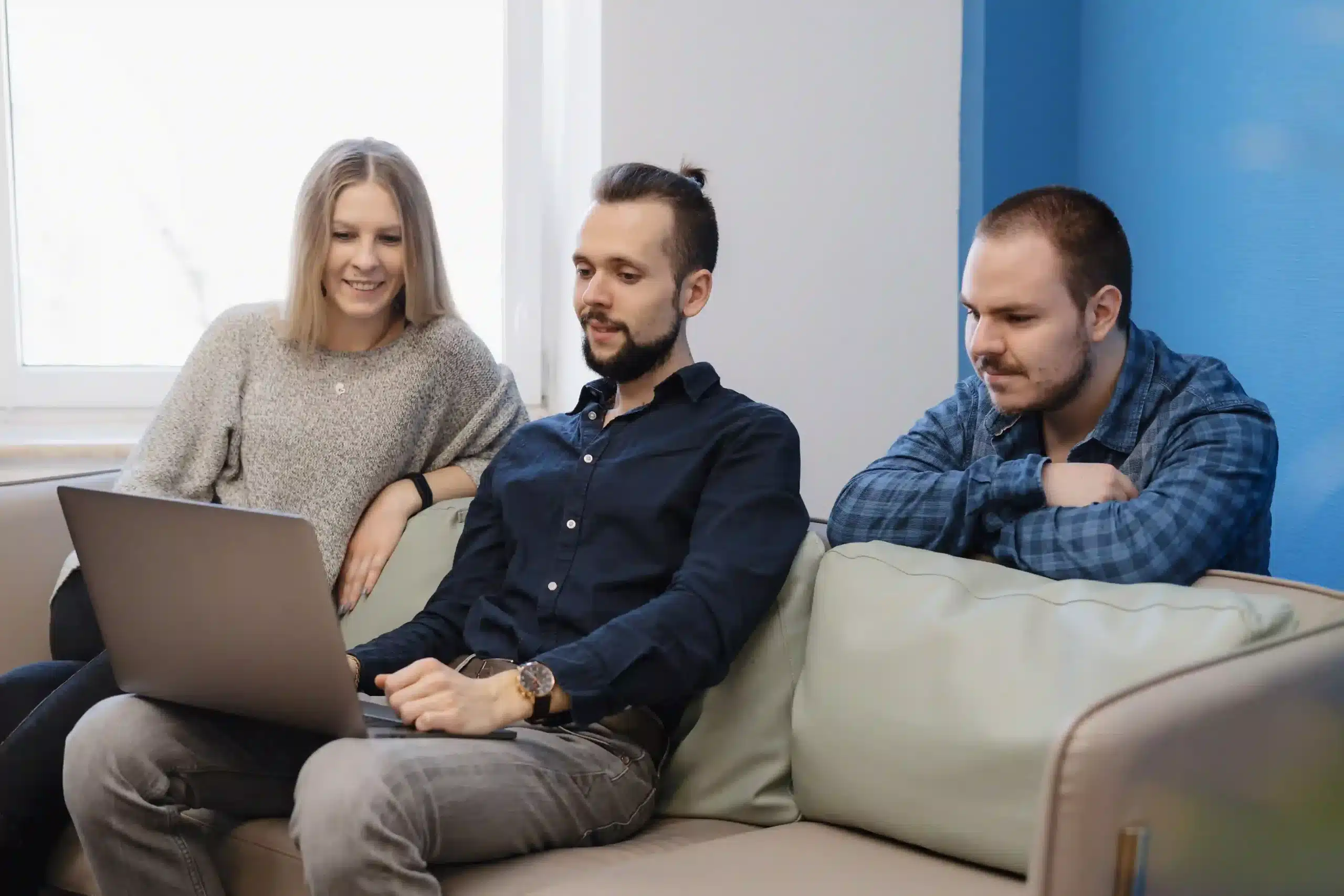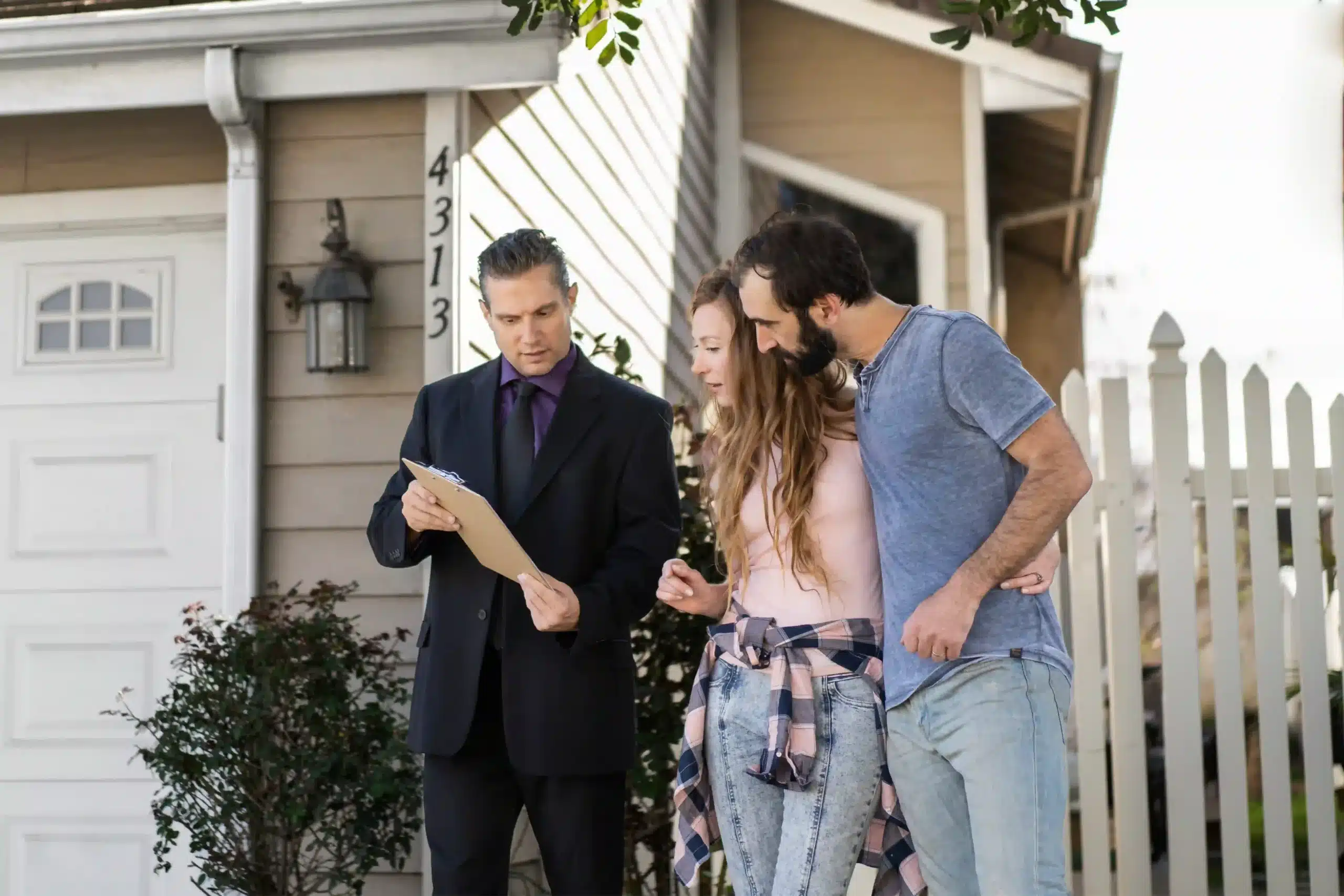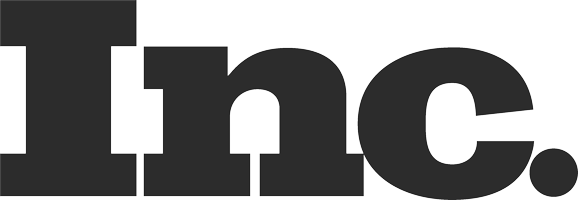When it comes to websites, the first impression is often the last. Given the brief attention span of today’s internet users, second chances are rare. After a brief interaction, a user is either captured by the website or is not interested and ends up moving on to the next site. If users like what they see, you can bet they will convert or return to your website later to learn more. On the other hand, an unsatisfied user is a lost business opportunity. Businesses need to target the brief window of opportunity from a user’s first discovery of a website until the point they form an opinion. Confused? Let us explain.
What is conversion rate optimization?
Conversion rate optimization is the act of enhancing a website’s content to the maximum number of conversions. Conversions are desired actions a user takes while on a webpage. A conversion rate is the percentage of users that take the desired action. Depending on the kind of business, conversions can be different. But all conversions have one thing in common – they are directly related to profit. A conversion could include a phone call, form fill, purchasing a product, or any other business goal you’re trying to achieve on your website.
What goes into conversion rate optimization?
In its most basic form, conversion rate optimization reduces the barriers to conversion. You can do it by developing a better landing page, adding engaging content, or reducing your page speed. But figuring out where you need to improve can be a challenging task. Here are some of the most commonly optimized aspects of a website.
Landing Page
Your landing page is the first thing a user sees when they visit a website. If it is not note-worthy, a user will instantly exit the website. Optimizing a landing page goes beyond having just an aesthetically pleasing page. Ease of access is an essential feature on any website. The most critical question businesses need to ask themselves is, Can users access the pages they wish to access from the landing page? If the answer is no, it might be better to get back to the drawing board.
Content
Content is what makes or breaks a website. Well-written content can hook users and keep them engaged to learn more about what you have to offer. The more engaged a user is, the lower the barriers are to convert.
Call-to-action
Website visitors need a guide. When left alone, users are less likely to convert. A call to action (CTA) button places a definitive goal in front of the user. While the difference between having and not having a CTA button is enormous, so is the difference between having a CTA button that works and a CTA button that does not. When it comes to CTA messages, the more engaging they are, the better.
Site architecture
A website is built of many pages. Navigating across web pages needs to be fluid and easy for users. The easier it is to navigate between web pages, the lower the barrier for conversion. A site architecture that is tough to navigate can be frustrating for the user lead them to quit. A hard-to-navigate site structure overrides the advantages of a good landing page, quality content, and a crisp CTA button.
Platform optimization
The advancements of technology have made it possible for users to view content from different devices. A user can access a website from a personal computer, a mobile device, a tablet, or even a smartwatch. No user will log on to your website from a PC if it takes too long to load on a mobile device. When you optimize a website to run on all platforms, you make sure that a user can access the website at all times.
Page speed
A crucial but often overlooked part of conversion rate optimization is page speed. A website that loads faster has a positive impact on a customer’s opinion and vice versa. Changes in page speed have a direct effect on ROI and user retention. No user wants to be waiting for more than a few seconds on any given page.
Implementing conversion rate optimization
When you hire a firm like Outpace to work on conversion rate optimization, we follow a fixed set of procedures to find the best conversion strategies for your website. This means conducting a detailed analysis of the website, and evaluating user interaction and behavior, while on the website. As the information from the initial research filters through, you can effectively figure out the problem areas. Once you know where the problem is, it becomes easier to create a roadmap to solve it. From here on, it’s the job of the pros. SEO experts develop a detailed technical plan to implement the proposed solution. The plan is put into effect, and the results are thoroughly evaluated. Should the plan work, you will be able to generate more conversions and more ROI. But this is an ongoing process, and if a plan does not work, everybody goes back to the drawing board to figure out an even better solution.








